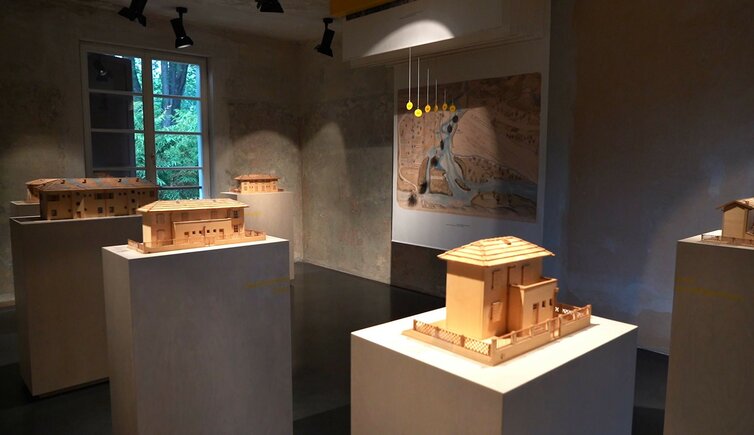A Walk Through the City’s Neighborhoods: Don Bosco
01 May 2025
A Walk Through the City’s Neighborhoods: Don Bosco
In Don Bosco, you can immerse yourself in a journey through time. The memory of what the neighborhood was and represented, built in the late 1930s and extending around the square of the same name – once known as Pontinia – is kept alive by the Casa Semirurale at Via Bari 11. Today, this location hosts an exhibition designed as a journey through the history of the area with photographs, films, maps, three-dimensional models, and the captivating narration of everyday life stories.
The neighborhood consisted of around one hundred two-story houses, each hosting four-family units, arranged in rows and surrounded by small vegetable gardens that were intended to supplement the income of the working-class families living there. The neighborhood was built to accommodate the large influx of Italian immigrants imposed by the fascist regime. Mainly from the Triveneto region, these workers were hired in the large factories of the newly established industrial area and contributed to the Italianization of South Tyrol after World War I.
The Casa Semirurale at Via Bari 11 is located in the Parco delle Semirurali at the intersection with Via Alessandria, where the ruins of the ancient convent of Santa Maria in Augia can also be found, first documented in 1166. This prestigious setting also hosts an open-air theater, where numerous open-air concerts are held in the summer.
A visit to the neighborhood should include the "quadrilateral" formed by Via Milano, Via Palermo, and Via Sassari, where, after the demolition of the Semirurali in the 1980s, more densely populated housing was built, and where you can find, among the inner courtyards of the buildings, the Garutti Cube— a modern art installation inaugurated by Museion in 2003.
Another essential stop is towards Via Resia, which once marked the western border of the city, and the Bolzano transit camp, which was active from the summer of 1944 until May 3, 1945, and where 11,000 people passed through. For many of them, the Bolzano camp was a stop before being sent to Nazi extermination camps, from which they never returned. Today, the only remnant of this terrible chapter of the city’s history is the perimeter wall. The so-called “Memory Passage” hosts an open-air museum, which, thanks to years of research by the Historical Archive of the City of Bolzano, tells the story of the camp and those who passed through it. In 2019, a multimedia installation was inaugurated by the city: behind glass panels, the names of the 11,000 deportees who tragically passed through the camp appear in rotation.
Picture: Casa Semirurale Bolzano, Courtesy Comune Bolzano


